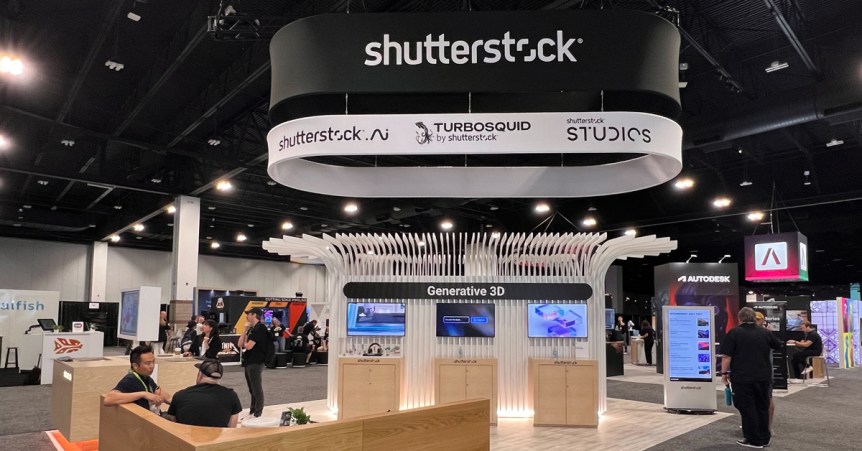This week at SIGGRAPH, we shared big news about the future of 3D Design. We showcased new technologies for 3D artists to add to their toolbox and our friends at NVIDIA, HP, WPP, and Trigger XR showed off their own cutting edge advancements. If you haven’t had time to catch up on everything coming out of the Mile High City, then keep reading.
Starting the show with a bang
We kicked off SIGGRAPH by announcing the launch of our generative 3D API. Why an API? Because it’s the easiest way for companies to incorporate this powerful tech into both existing workflows and DCC applications, like Maya and Unreal Engine.
Built on NVIDIA Edify, this API offers a fast and ethical way to produce realistic 3D models using AI. It’s available now for large enterprises and we’ll have an option open to everyone coming this fall, so be sure to sign up to be notified when it’s available.
Also announced was the early access release of our 360 HDRi generator API, which generates rich and detailed 360° panoramas of natural environments that are great for lighting 3D scenes. We showcased both of these offerings in our talk, Enhancing 3D Pipelines with Generative AI, presented by our very own Dade Orgeron.
He discussed responsible AI practices using Shutterstock’s TRUST framework:
- Training on properly licensed data
- Royalties that compensate artists fairly
- Uplift and Promote representation that reflects the world
- Safeguards to control content and protect customers
- Transparency by design
Dade also explored how generative AI appeals to teams of all sizes in various industries, including non-3D industries that have had difficulty incorporating 3D solutions in the past, and for brands currently testing it like HP and WPP.
Generative 3D in action
Speaking of WPP, we had the pleasure of sitting down with its talented creative technologists to explore how they’ve used the generative 3D API for game development and virtual production.
“Being able to bring something from an idea in your head to actually seeing it on screen or on paper within, like, a minute is incredible,” says WPP creative technologist Omotara Edu. “And I think that leaves a lot of space for you to then be more creative.” We couldn’t agree more.
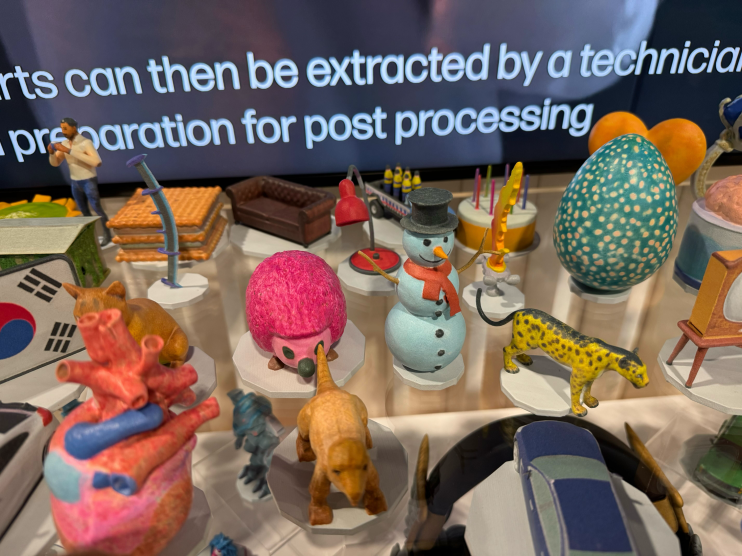
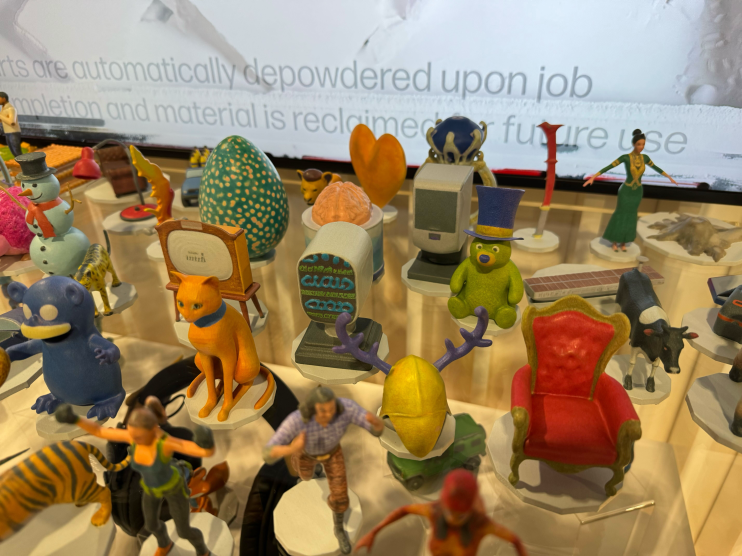
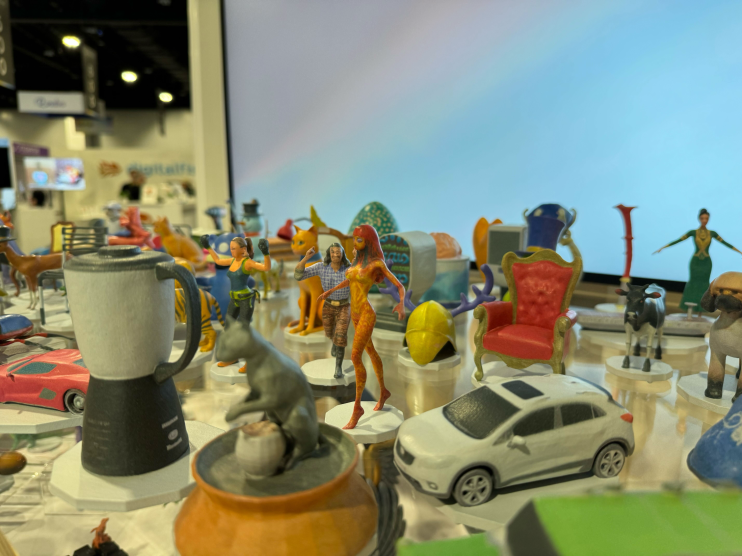
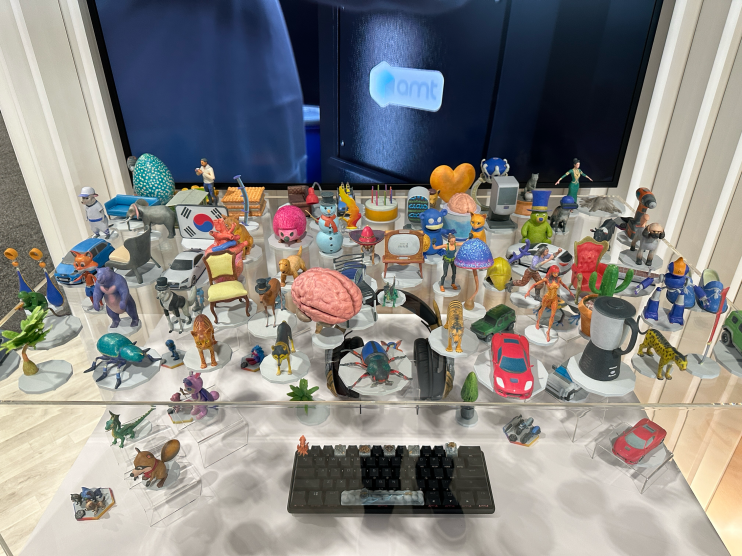
Fun with 3D printing
Back in March, we had a wonderful time at GTC seeing people generate 3D-printed models with the help of HP. So it was exciting to do it again at SIGGRAPH. Just a quick look at the images above shows how diverse the models can be. We’re partial to cats, but that snowman is pretty awesome, too.
The demo shows the power of using generative 3D for quickly prototyping ideas and bringing them to your fingertips with 3D printing. Can you think of any related use cases? Let us know in the comments.
Spatial computing with a side of generative
While the models were being 3D printed, the folks at Trigger XR wanted to give SIGGRAPH guests the opportunity to generate a model and play around with it using an Apple Vision Pro headset. For some, this was the first time they had ever tried the spatial computing device, and people understood its potential uses, whether you’re working on a VR game or a training application.
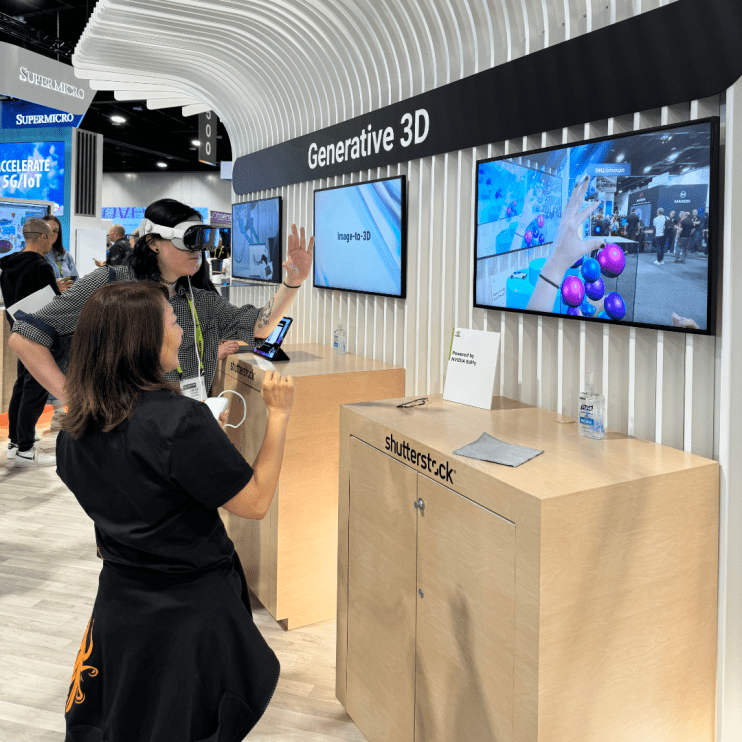
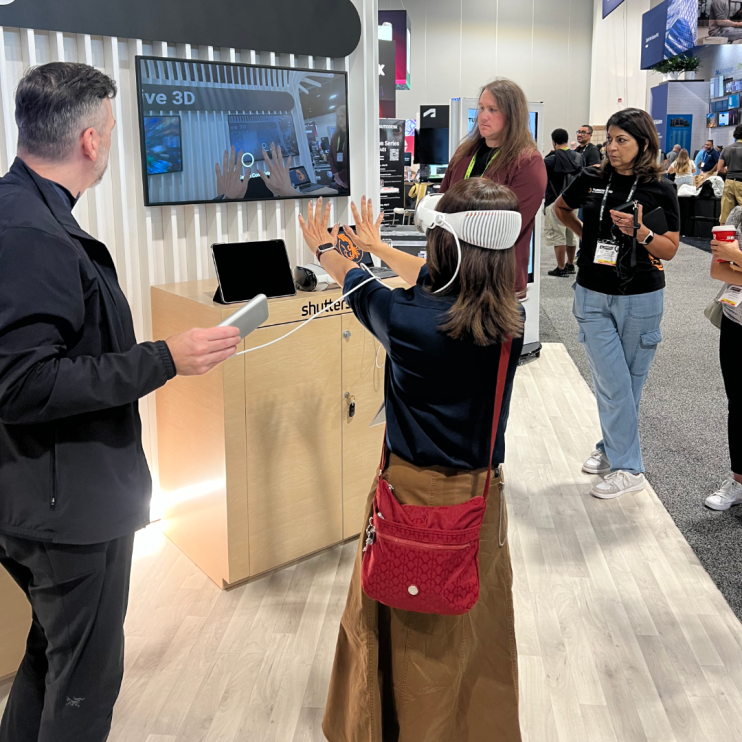
Joining the Alliance for OpenUSD
At this point, you’ve seen examples of generative 3D in various applications. In a perfect world, all 3D files would work interchangeably, but that’s not always the case. That’s why we’re happy to announce that Shutterstock has joined the Alliance for OpenUSD.
As the popularity of 3D and real-time technologies continue to grow, more and more industries struggle to take full advantage of the many benefits. OpenUSD ensures that 3D assets and data can be easily shared and used in various applications, reducing compatibility issues and streamlining workflows.
By joining the Alliance for OpenUSD, which includes members such as NVIDIA, Pixar, WPP, and Autodesk, we’re doing our part to ensure both existing and new 3D users can unlock the full potential of 3D for their industries.
It’s been a busy week at SIGGRAPH. Are you ready to try out our generative 3D API? It’s available now for enterprise customers, with a self-serve option coming soon.
Visit the generative 3D landing page to learn more about the API, sign up to be notified of the self-serve launch, and gain access to the developer platform to preview API documentation. Developers and enterprises can also experiment with the capabilities today by visiting build.nvidia.com/shutterstock/edify-3d.
Need professional-quality 3D models?
TurboSquid has models for just about any industry.

